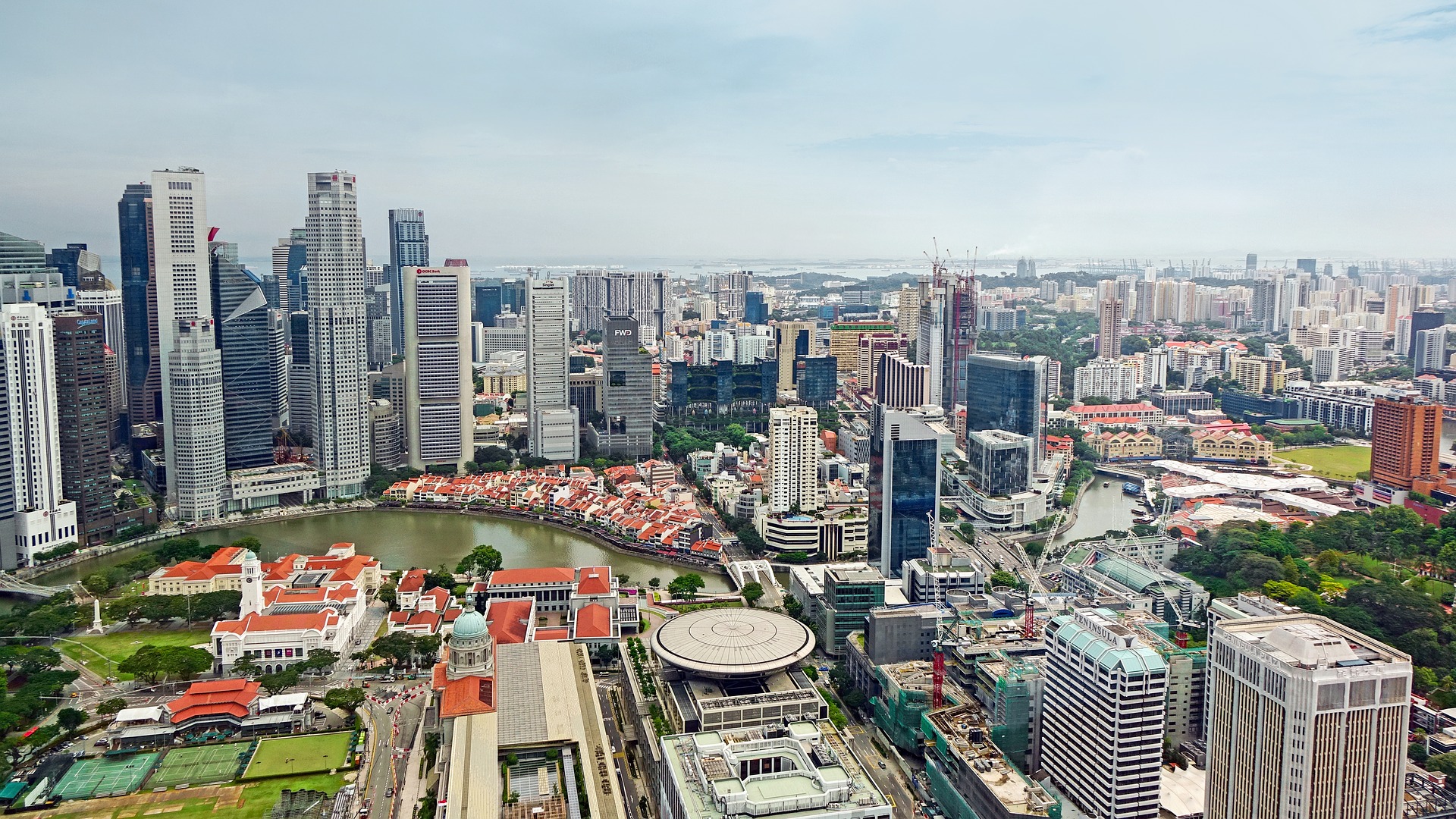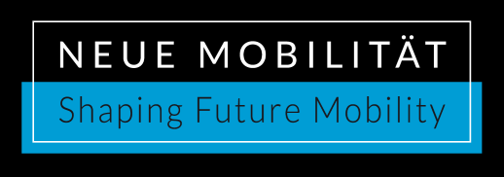The Mobility of the Future – Showcase Singapore

When it comes to examples for how the mobility of the future might look like, Singapore has been stated as showcase for a smart mobility vision.
Singapore’s vision is the “car-lite” city
Having a share of around 67% in public and shared transportation, Singapore’s modal split is already showing a smart and sustainable mobility approach. This means that 2/3 of its urban travel is based on train, bus and taxi. Only about 1/3 of Singapore’s transport are private modes such as car and motor bike.
Working towards its vision of a “car-lite” city, Singapore’s government has established several measures that make private cars rather costly and less attractive. A strict vehicle quota limits the number of cars. Road pricing increases the cost of private car usage. And the tax system further imposes financial burden on car owners. By doing so, Singapore is proactively fighting congestion, pollution and car accidents.
The technocratic administration pushes non-motorized modes
The data-driven, technocratic government has a key role in shaping Singapore’s mobility of the future in the long term. Using data and scenarios in a non-democratic but rigorous, transparent and efficient way , the Singapore administration is further pushing sustainable transportation options focusing on non-motorized modes. The public transportation system based on urban rail (MRT) connects the city centre and the suburbs. It is constantly expanded and improved. Active mobility modes such as walking and cycling are underrepresented but pushed strategically, e.g. by building showers and lockers at mobility hubs such as bike stations. Roads are redesigned to be more pedestrian-oriented and cyclist-friendly. Recently added micro-mobility options such as e-scooters and kick scooters do further contribute to the reduction of individual motorized transport.
Autonomous driving to address lack of labor and land
With its ageing population sometimes referred to as “silver tsunami”, Singapore authorities are not banning cars entirely. They are rather working towards a future based on electric and especially autonomous cars. Numerous pilots for self-driving shuttles or buses have been established. Autonomous driving is seen as a potential to use roads more efficiently in a country that is notorious for its land shortage. Moreover, self-driving buses are a solution to Singapore’s lack of labor for operating public transport.
Mobility-as-a-service with public and shared transport as core
Overall, the government is pursuing a vision that could be described as a seamless mobility approach. Singapore’s mobility of the future will be a door-to-door, on-demand, multimodal service where private, shared and public transport are all interconnected. It is the concept of Mobility-as-a-service (MaaS) that delivers a mobility solution rather than only transport. At its core will be public and shared transport (MRT, bike/ car/ ride sharing etc.) based on smartphone apps that guarantee individual and hassle-free first-and-last-mile connectivity. MaaS Global is a good example for bringing the vision of seamless mobility to Singapore. With their Whim mobile app, the Finnish startup plans to combine numerous modes of transport, from train, bus to taxis, car sharing and bikes in just a single app.
A key success factor for mobility in Singapore is the transportation system being planned and monitored by a strong administration that cooperates with innovative startups in public-private partnerships. While the administration provides anonymized traffic data, the startups bring the latest technology to the table. This smart government action is in strong contrast to many Western governments whose inefficient administrations do still focus on extensive private car usage and fail to consistently develop public and shared transportation.
